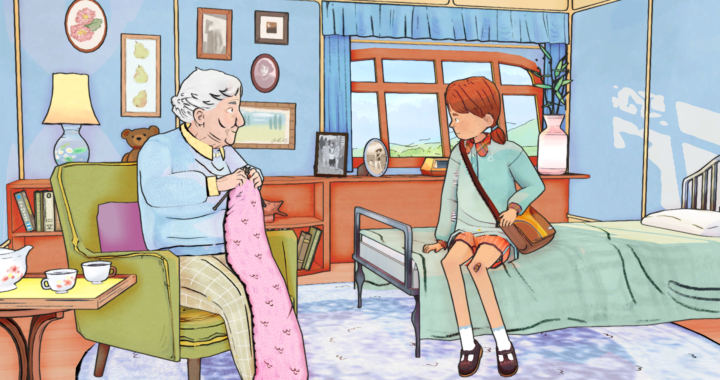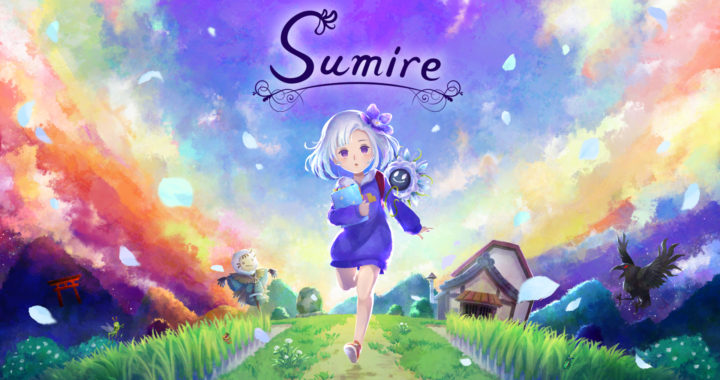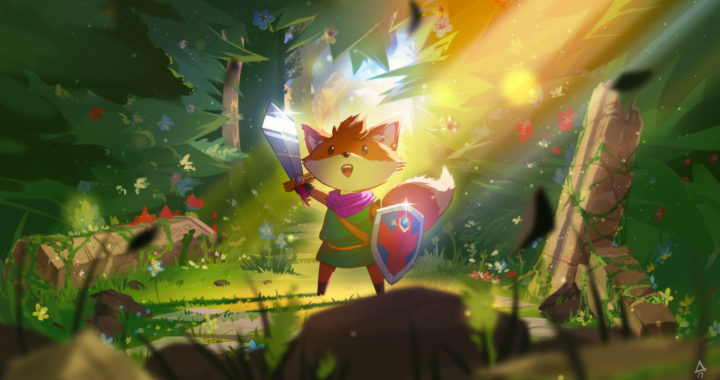
TOEM Is A Breezy And Delightful Game You Shouldn’t Take Too Seriously
Earlier this year, I got the chance to preview Something We Made’s latest puzzle game, TOEM, and was quite vocal with just how charmed the experience left me as well as how high of expectations I had for its full release. However, after playing through the entire game I must admit that while I still found it a delight, my original expectations were not entirely met–though that’s not necessarily a fault of the game nor is it a bad thing. So, expectations temporarily tossed aside, let’s chat a bit about just what TOEM is.
TOEM begins on the day our young protagonist has been anxiously looking forward to–the day they get to leave home to find and experience the magical phenomenon known as “TOEM.” After throwing on your backpack and exiting your bedroom, you’re met by your grandmother, Nana, who gifts you her old camera, shows you a photo from her own expedition to see TOEM, and eagerly sends you off to begin your rite of passage. Your journey then begins in the very generously named “town” of Homelanda, a small plot of land where you, Nana, a local farmer, and one very cute cow live.

You soon learn that in order to progress through the game, you must take on challenges and tasks for locals in the area in order to earn enough stamps on your community cards to get a free bus ticket to the next area. While the first area–Homelanda–is merely one screen and just contains a couple tutorial quests, the bus takes you to four additional and much larger locations: the woodsy community Oaklaville, the oceanside town of Stanhamn, the bustling metropolis known as Logicity, and the mountaintop resort Kiiruberg. Each one of these locations has between 13 to 18 stamps you can obtain from its residents, for close to 70 possible challenges in the game, though only about half are required to effectively beat it. However, TOEM is much less about beating the game and more so about having fun with it.
While there are some standard photography challenges (find a snowman, an axe..etc), nearly all the community requests feel different enough from one another that they keep you engaged. Furthermore, they aren’t just simple fetch quests nor are there ones you can just pick and choose to do, as some requests require items you obtain through other requests to complete. While your camera doesn’t get very many additional attachments that change up the game, you do earn clothing you can equip that grants you access to certain areas (a reporter’s hat to enter press events, for example) or that allow you to see what was once unseen, adding a bit more fun to what could be merely visual puzzles. Lastly, it’s worth mentioning the characters you interact with are actually pretty adorable, and offer a whole lot of nonsensical fun. Timid monsters, affectionate ghosts, frantic workers, and washed-up pirates are just a few of the characters that await you, and they all make the journey to experience “TOEM” one worth making.
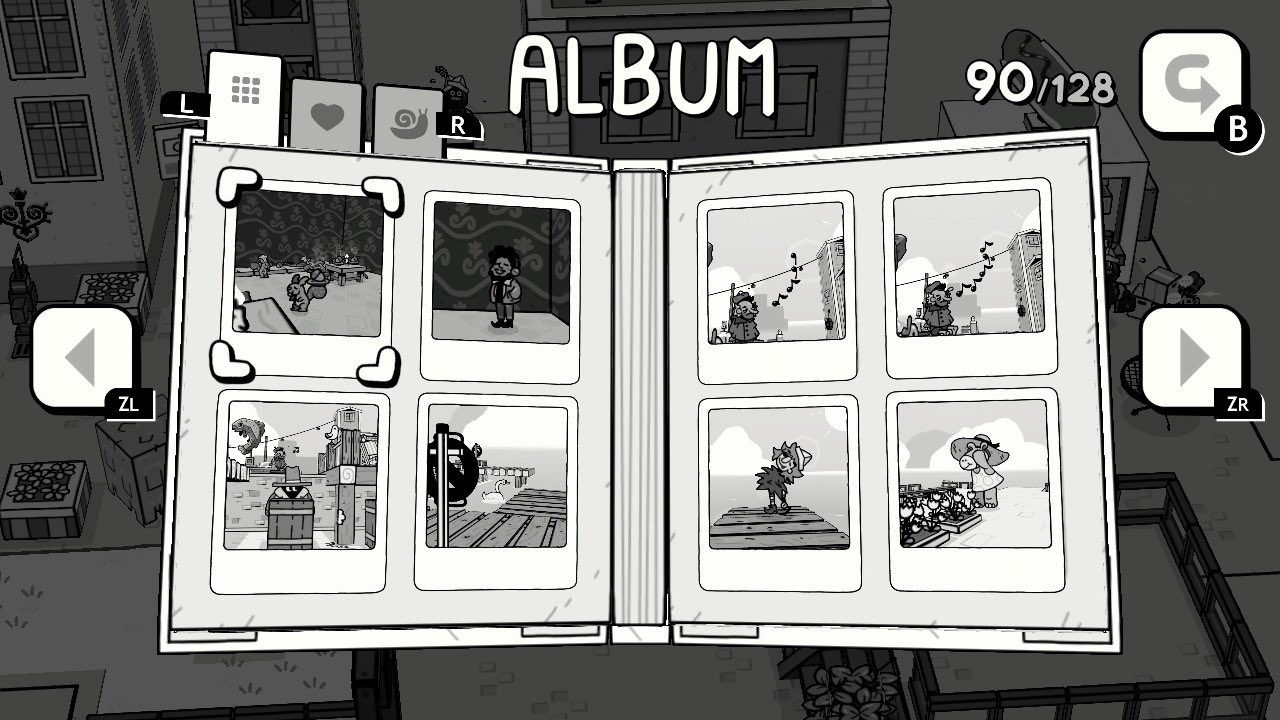
So, now that we’ve gone over the premise of TOEM, let’s go back to those pesky expectations I mentioned at the beginning. I think that especially as of late, there’s a certain pressure on indie games to deliver both a cozy atmosphere and an emotionally profound experience–to offer players the comfort and emotional resonance not as typically found in AAA titles. It’s an expectation we’re better off actively trying to rid ourselves of because indie games don’t solely exist to challenge us on precisely the terms we’ve set forth. In the case of TOEM, I went in expecting that somewhere within this decidedly “cozy” game, there would be some message that would elicit an emotional reaction from me–a subtle commentary on community, or coming-of-age. Following rolling credits, I found myself disappointed there was no “big takeaway” from the game and its brevity wasn’t accompanied by a message that lingered in my mind longer than the two-and-a-half hours I spent with it.
However, once I decided to readjust my expectations and embrace TOEM for what it is, I feel like I reached more of an understanding and appreciation of it. Just as the developers urge to do through in-game messages that go off every hour or so, TOEM is best experienced in brief play sessions. While it doesn’t demand it in the same way mobile games or even Spry Fox’s Cozy Grove does, I think the game feels lessened if you blow right through it.
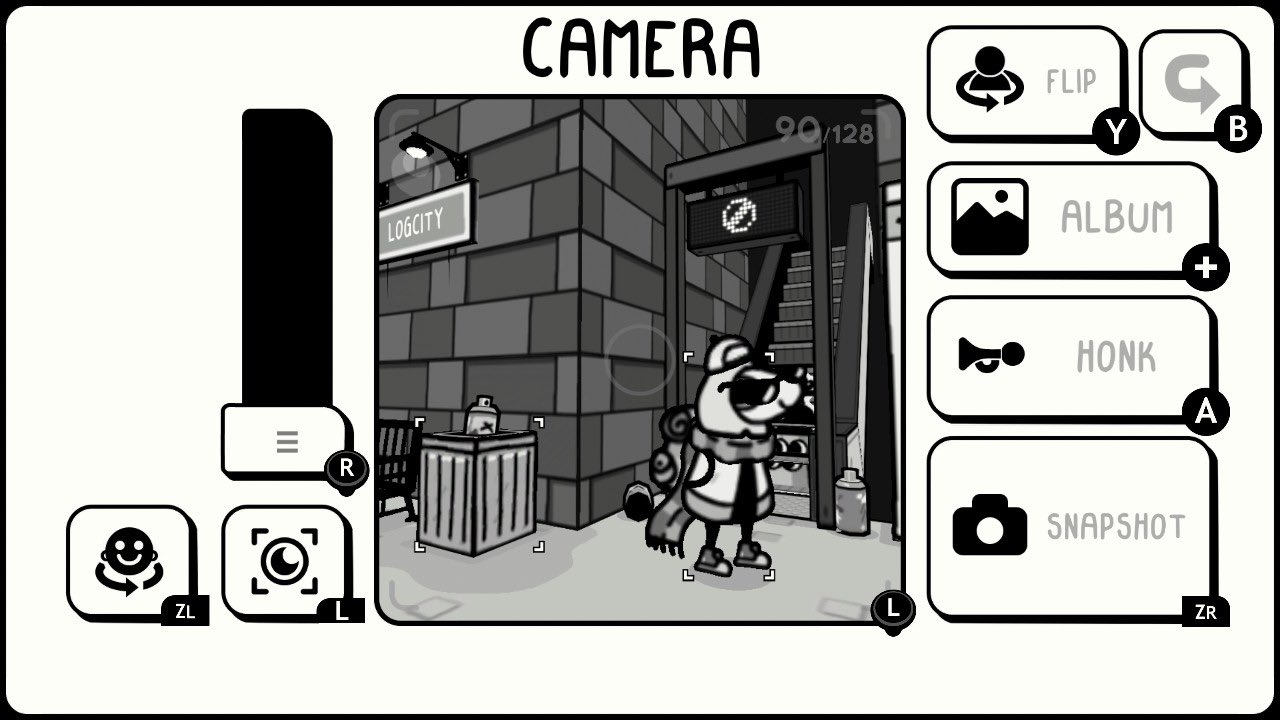
I think it also best serves TOEM to imagine it as a Where’s Waldo or iSpy book from our elementary school days brought to life. It manifests that same childhood wonder and charm, with the added bonus of quirky characters and plenty of puzzles that push you to literally see things in a different way and experiment with different items to solve–even if the difficulty of these challenges does reach a bit of a plateau for more experienced players. With that said, I do truly think TOEM is a fantastic game for children. Its breezy gameplay is still stimulating and fun, making it the ideal game for kids to pick up and play on their way home from school or while waiting for the dreaded dentist appointment. If you go into TOEM expecting these things–or better yet, with no expectations other than to have a pleasant time–I think you’ll find there’s plenty to enjoy.

